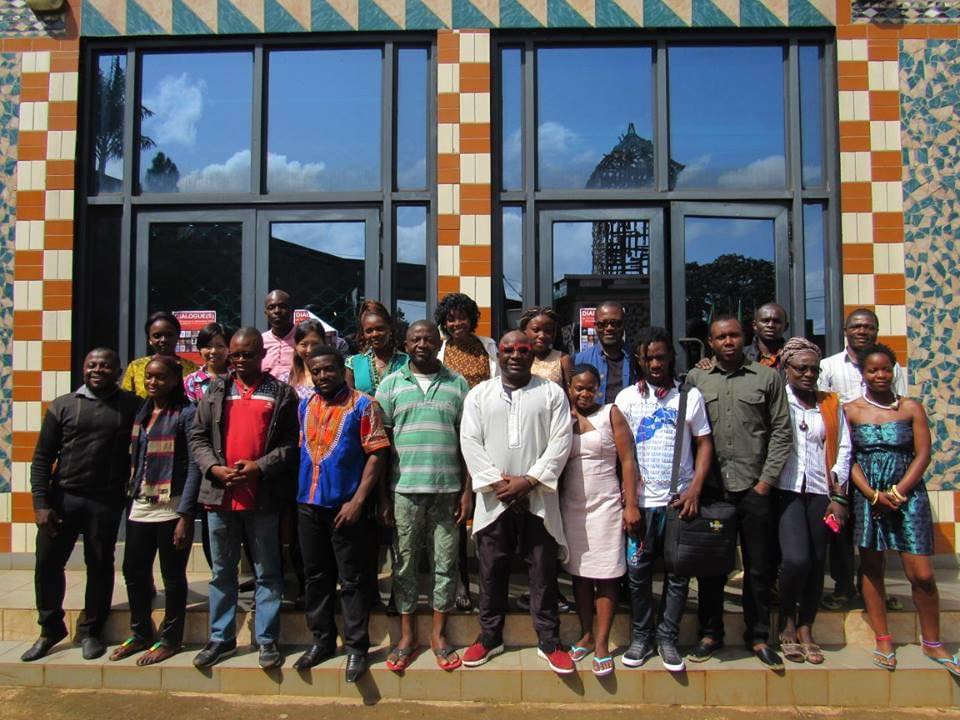At a time when a massive wave of uprisings is denouncing police violence, racism and social injustice, following the deaths of George Floyd, Breonna Taylor, and Ahmaud Arbery in the US, or Adama Traoré in France, major environmental players are joining forces to give this movement an new dimension: its link with global warming. 350, Greenpeace, WWF, the World Resource Institute, and Extinction Rebellion are all demonstrating how ‘Racial Justice is Climate Justice’.
The link between racism, social inequalities, and global warming exists at every level. Trade based on colonising and exploiting nations in the Southern hemisphere has contributed to global warming. Today, these same nations are also paying a high price, as are poor populations in the world’s richest countries. The philosopher Dominique Bourg often recalls the 10/50 rule: the richest 10% emit 50% of CO2; the poorest 50% emit just 10% of CO2.
This interconnection between the social and environmental is anchored in the minds of a growing generation of artists, whose best representatives are those taking real action in the field, combining local and global, ecological and social dimensions: Yinka Shonibare and his new GAS Foundation in Nigeria, which includes an eco-farm; Otobong Nkanga (see interview) and her multi-stakeholder art projects Landversation and Carved to Flow, or her new foundation in Nigeria; Barthémély Toguo with his reference project Bandjoun Station in Cameroon; Serge Attukwei Clottey (see interview) who upcycles petroleum waste and is founder of GoLokal, a social and artistic project in Ghana; or the very young artist Louisa Marajo with the Homo Sargassum Project, a social and environmental response to the serious issue of sargassum, the brown seaweed invading the French West Indies supported by the Tout-Monde Foundation.
Equally important are Ibrahim Mahama and Romuald Hazoumé, who both took part in the 2017 Conclave on global warming at the Grand Palais, Paris, organised by Art of Change 21 (editor of this newsletter); or the artist Emo de Medeiros, who coined the word ‘contexture’ to describe this approach that combines different techniques and challenges.
What do all these artists have in common? Even more than their links with the African continent or the French West Indies, it is their avant-garde spirit: they are defining C21st art, a ‘glocal’ art that cares about its impacts, integrates local communities, education, food security, and which values the project as much as the object. Their actions in the field are sometimes considered ‘off beat’ and undervalued by galleries or the critics. Bringing an end to this separation, which these artists are doing with generosity and conviction, is our chance. They are paving the way for committed art, in tune with its its times, for a way of being fair and united in the world.
Copyright: Barthélémy Toguo, Bandjoun Station
Find all the articles from Impact Art News n°20 – June 2020

